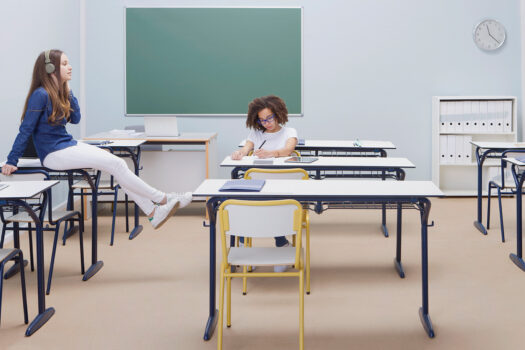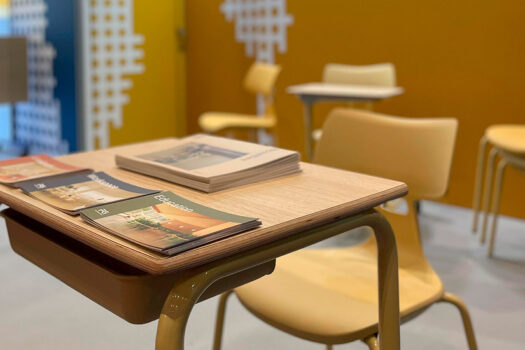Taking care of nature and the environment we live in has long ceased to be an option. It is everyone’s responsibility. And, as with almost everything, it starts at home, from the family.
But schools also have a lot to contribute. Environmental education is key to helping young children understand and care for the planet, become aware of the damage caused by pollution, and learn what each of them can do to protect the environment.
Not surprisingly, the recent report ‘Education for Sustainability. Reflections and Proposals’ from the Fundación Alternativas and the Spanish Network for Sustainable Development considers the role of education crucial in halting the deterioration of the planet.
Environmental education is understood as transversal, capable of permeating different subjects, with active participation projects that not only convey knowledge but also responsible attitudes.
It is necessary to stimulate students to take an interest in the environment, to understand the intricate relationships that connect all ecosystems and living creatures, and to be aware of the harm caused by pollution and irresponsible practices.
The possible educational activities are countless, from field trips or visits to natural environments in the locality, to visits to aquariums and zoos—raising awareness of the dangers faced by species and ecosystems—and classroom activities that demonstrate the importance of opting for clean energy, recycling, sustainable transportation modes, and responsible consumption.
Recycling paper workshops, making homemade soap from natural elements, and taking care of a school garden are practical examples that can help integrate sustainability into everyday classroom life.
Knowing and respecting the environment is the first step in developing a critical sense towards human actions that cause its degradation and learning to minimize the impact we have on nature.
Without sustainability, there will be no future. So, the more resources and efforts dedicated to combating the current global environmental crisis, starting with the education of the youngest, the better the chances of leaving a healthy planet for future generations. It is up to all of us to make this happen.
The possible educational activities are countless, from field trips or visits to natural environments in the locality, to visits to aquariums and zoos—raising awareness of the dangers faced by species and ecosystems—and classroom activities that demonstrate the importance of opting for clean energy, recycling, sustainable transportation modes, and responsible consumption.
Recycling paper workshops, making homemade soap from natural elements, and taking care of a school garden are practical examples that can help integrate sustainability into everyday classroom life.
Knowing and respecting the environment is the first step in developing a critical sense towards human actions that cause its degradation and learning to minimize the impact we have on nature.
Without sustainability, there will be no future. So, the more resources and efforts dedicated to combating the current global environmental crisis, starting with the education of the youngest, the better the chances of leaving a healthy planet for future generations. It is up to all of us to make this happen.



